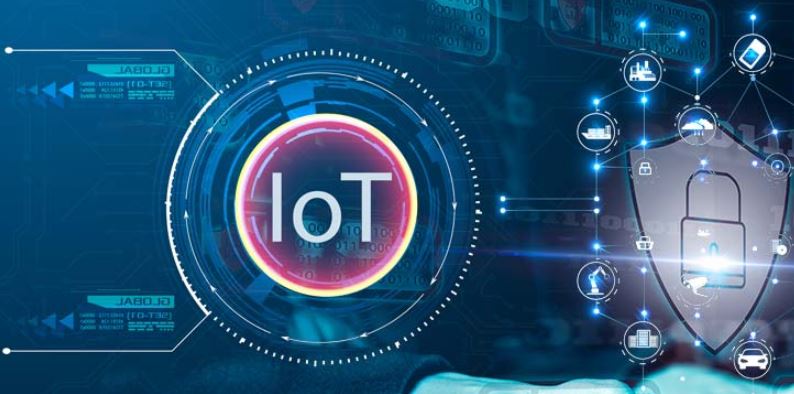The Internet of Things (IoT) represents a significant technological advancement, enabling interconnected devices to communicate and exchange data effortlessly. However, as the number of connected devices grows, so do the security threats target them. This article explores the importance of IoT security and the best practices for protecting connected devices.
What Is the Internet of Things (IoT)?
IoT refers to a network of internet-connected devices that communicate with each other and central systems. These devices range from smartphones, home appliances, and vehicles to sensors, cameras, and even smart clothing. IoT devices collect, analyze, send, and receive data, allowing for a new level of interactivity and control over the environment.

Why IoT Security Matters
Securing IoT devices is crucial for several reasons:
- Protecting Sensitive Data:
- Preventing unauthorized access to personal and business data.
- Ensuring System Integrity:
- Safeguarding systems from cyberattacks and tampering.
- Regulatory Compliance:
- Meeting security standards and legal requirements.
IoT Security Challenges
Key security challenges in IoT include:
- Device Proliferation:
- The increasing number of connected devices creates more potential vulnerabilities.
- Security Updates & Patching:
- Many IoT devices lack regular firmware updates to fix security flaws.
- Unencrypted Communications:
- Transmitting data without encryption exposes it to interception and attacks.
Key IoT Security Technologies
- Encryption:
- Protecting data during transmission and storage using strong encryption protocols.
- Identity Verification:
- Ensuring only authorized devices can connect to the network.
- Firewalls & Network Security:
- Deploying firewalls to block unauthorized access to IoT networks.
Best Practices for IoT Security
To enhance IoT security, users should adopt the following best practices:
- Regular Software & Firmware Updates:
- Keeping devices up to date to mitigate security vulnerabilities.
- Access Control Policies:
- Limiting network access to authorized devices only.
- Periodic Security Testing:
- Conducting vulnerability assessments to identify and fix security gaps.
- User Awareness & Training:
- Educating users on safe practices for managing IoT devices.
Advanced IoT Security Strategies
- Multi-Factor Authentication (MFA):
- Adding an extra layer of security for device and data access.
- Anomaly Detection & Activity Monitoring:
- Using log analysis tools to detect suspicious activities.
- Identity and Access Management (IAM):
- Ensuring only authorized users can access sensitive data.

Conclusion
IoT security is a critical component of cybersecurity strategies. By implementing best practices, leveraging modern security technologies, and staying vigilant, individuals and organizations can enhance security levels and protect connected devices from cyber threats.